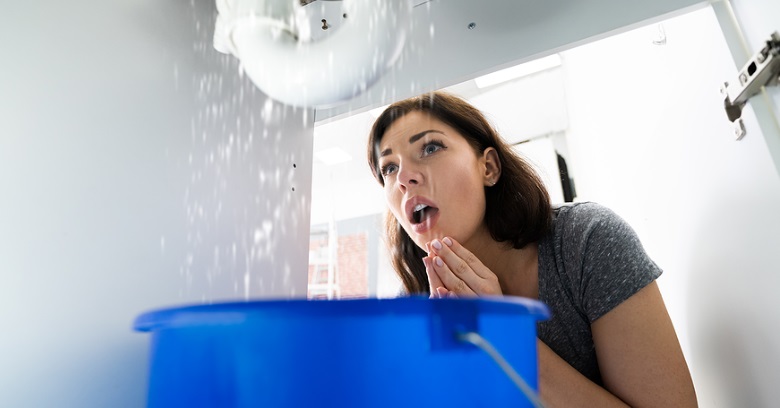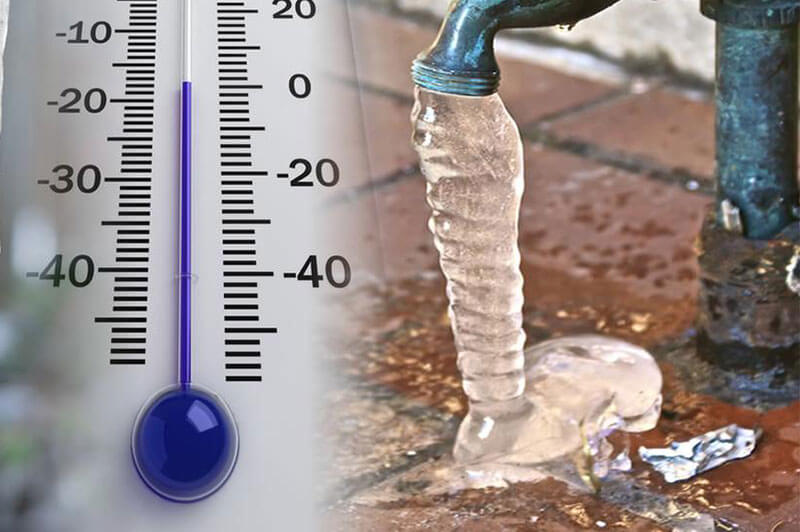We've uncovered this article about Do’s And Don’ts For Homeowners Managing With Water Damage directly below on the internet and decided it made sense to relate it with you over here.

What should you do if a pipes bursts in your residence, developing a mini-waterfall and flooding an area of your house? In this scenario, you must act quickly. The longer you wait, the extra serious the water damage in your home. When an emergency such as this happens, presence of mind is vital. For these factors, you require to learn what to in case of a burst pipes. Because time is of the significance, inspect out the complying with tips listed below to assist you act fast.
Turn off the Key Waterline Shutoff
The first thing you have to do is shut the shut-off shutoff. Look for the neighborhood shut-off valve to turn-off water in one specific location only. You have to turn-off the major waterline valve if you do not understand where the local shut-off valve to the fixture is. This will certainly cut off the water in your entire house. Normally, the main valve is located outside the home alongside the water meter. If it's not there, you can also locate it in the basement at an eye-level or maybe in the first floor on the ground. Generally, home builders but the shut-off valve generally ground level shower room or appropriate next to it.
Call Water Damage Reconstruction Pros for Help
After shutting the water resource, call the pros for aid. This is not something you can readily do it yourself due to the fact that they need to repair the pipelines and also address the damages to your residential property. Look for help from a respectable firm supplying 24/7 emergency services. With their expert help, you can alleviate worsening due to the fact that water can permeate via your points leading to deformed baseboards, loosened floor tiles, or damage framework. Don't take this issue gently and seek career assistance for full peace of mind.
Document the Damage For Insurance policy
As you are waiting for the pros to show up, record the damage triggered by the errant pipe. Take photos and videos of everything. Do closeup shots of valuables. These things will act as proof for your home owner's insurance policy. Remaining positive with this enables you to file a claim for coverage, which will help you and also your family members come back on your feet.
Restore Things That Can Be Saved
As soon as you're done taking photos, browse the items and also obtain one of the most essential ones from the stack. Dry them off as well as try to preserve as high as you can. Drag them away from moisture so they can start to dry.
Start the Drying Refine
Fortunately, water from your waterlines are clean so you do not have to fret about sewer water. The moving water may have disturbed the dirt as well as debris in your floorboards and carpetings. Be prepared with gloves as you make use of containers to dump out the water.
Specialists are the only ones certified to repair the burs pipelines as well as subsequent damages. And bear in mind, pipes do not just instantly burst. You will normally see red flags like gurgling paint, odd noises in the plumbing, mildewy odor, caving ceiling, peeling off wallpaper, or water spots. Pay attention to these points, so you can nip any concerns in the bud.
What should you do if a water pipe bursts in your residence, producing a mini-waterfall and also flooding a location of your home? For these factors, you need to discover what to in case of a burst water pipeline. After shutting the water resource, call the pros for help. With their professional aid, you can reduce worsening because water can permeate through your things resulting in deformed baseboards, loosened tiles, or damage framework. Fortunately, water from your waterlines are tidy so you do not have to worry about drain water.
How to Handle a Burst Pipe and Minimize Damage
Steps to Take Ahead of Time
If you own property in an area that experiences cold weather, you need to be aware of seasonal maintenance tasks that will help you protect your property as the weather changes each year. One of the most important steps is to winterize your pipes to ensure they won't freeze or burst when the temperature drops. This includes action items like insulating any exposed pipes, detaching garden hoses and covering outdoor faucets. If the weather gets cold enough, you may even consider leaving a faucet dripping or opening cabinet doors during the coldest parts of the day.
No matter how prepared you might be, accidents and emergencies still happen. You'd be wise to set up a savings account specifically for your property so you have a "rainy day" fund set aside for unexpected expenses. All homes—regardless of age, location or condition—will inevitably need some form of emergency repair.
Steps to Take for Frozen Pipes
A frozen pipe will not necessarily burst, so if you can catch a frozen pipe early on, you could save yourself a major headache. When your area experiences frigid temperatures, be sure to check your plumbing and keep an eye out for warning signs like faucets only releasing small amounts of water or toilets not refilling when flushed. If you do run into one of these issues, you're likely dealing with a frozen pipe.
If this happens, your first step should be to cut off the water supply to that section of the plumbing. Expanding and freezing water can quickly cause damage. Even if the water supply is shut off, you will likely still deal with some leaking from the water that defrosts after the pipe has thawed. Be prepared with a mop, bucket and/or towels to quickly soak up any excess water.
In order to thaw a frozen pipe, you can use a space heater, infrared or incandescent heat lamp, or even a hairdryer to warm up the frozen area. Heat tape is also an option and should be used according to manufacturer instructions. Do not use any sort of open flame to thaw frozen pipes, as it poses a major fire hazard and can damage your pipes further.
Steps to Take for a Burst Pipe
Water damage claims are the second most common insurance claim in the U.S. When you're dealing with a frozen pipe, the water continues to expand as it freezes, which creates pressure that can cause a pipe to burst. When this happens, the crack or leak in the pipe allows water flow from the pipe to enter your home where it shouldn't. If a pipe does burst, you need to act quickly to mitigate property damage and repair cost.
Your very first step should be to shut off your main water supply to minimize flooding—typically the most expensive damage to address. Once you've shut off the water supply, make sure you identify the entire area that has been impacted by the leak. Remove as much water as possible—as quickly as possible—using a mop, sponges, towels or a shop vacuum or wet/dry vacuum. To prevent long-term damage due to moisture build-up, run a dehumidifier or fan in the affected area. Contact a licensed plumber to ensure the pipe is correctly repaired before running any water to that section of the home again. Burst pipes and the associated water damage are something you absolutely want to avoid as a property owner. If you've had to learn your lesson the hard way, don't let yourself get caught in a similar situation during the next spell of cold weather. The best way to deal with frozen or burst pipes is to prevent them in the first place—proactive winter maintenance will save you time, money and a whole lot of stress.

Do you enjoy reading up on Quick Tips To Help Deal With Water Damage? Try leaving a remark down the page. We will be delighted to find out your thoughts about this entry. We are looking forward that you visit us again in the future. You should take the time to share this post if you enjoyed reading it. We thank you for reading our article about What You Should And Shouldn’t Do When Dealing With Water Damage.